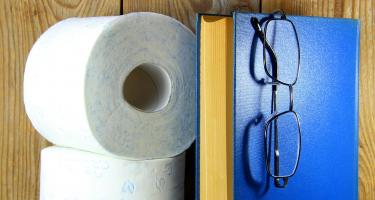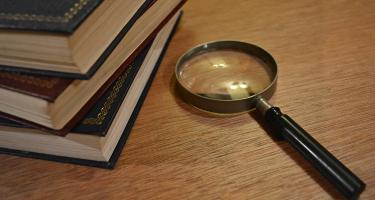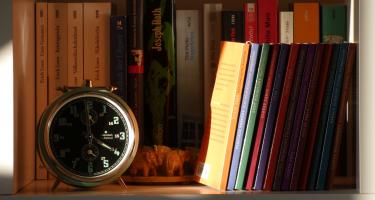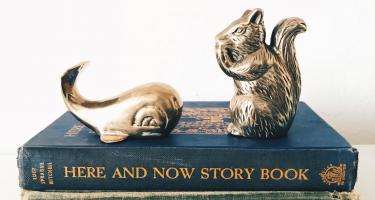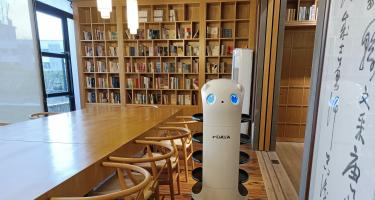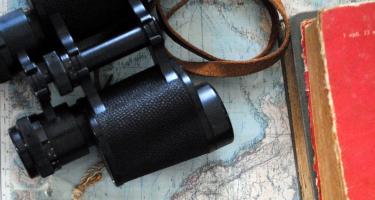
Matt Bille—Of Books and Beasts: A Cryptozoologist's Library
Cryptozoology has a bad rep. Wikipedia calls it a pseudoscience fixated on Bigfoot and other fantasy creatures. Think instead, Matt Bille says, of Alan Rabinowitz, Robin Baird, and others who use established zoological methods to study “hidden” animals and identify new species. In Of Books and Beasts: A Cryptozoologist's Library, he reviews 400 books exploring scientific research in the field.


